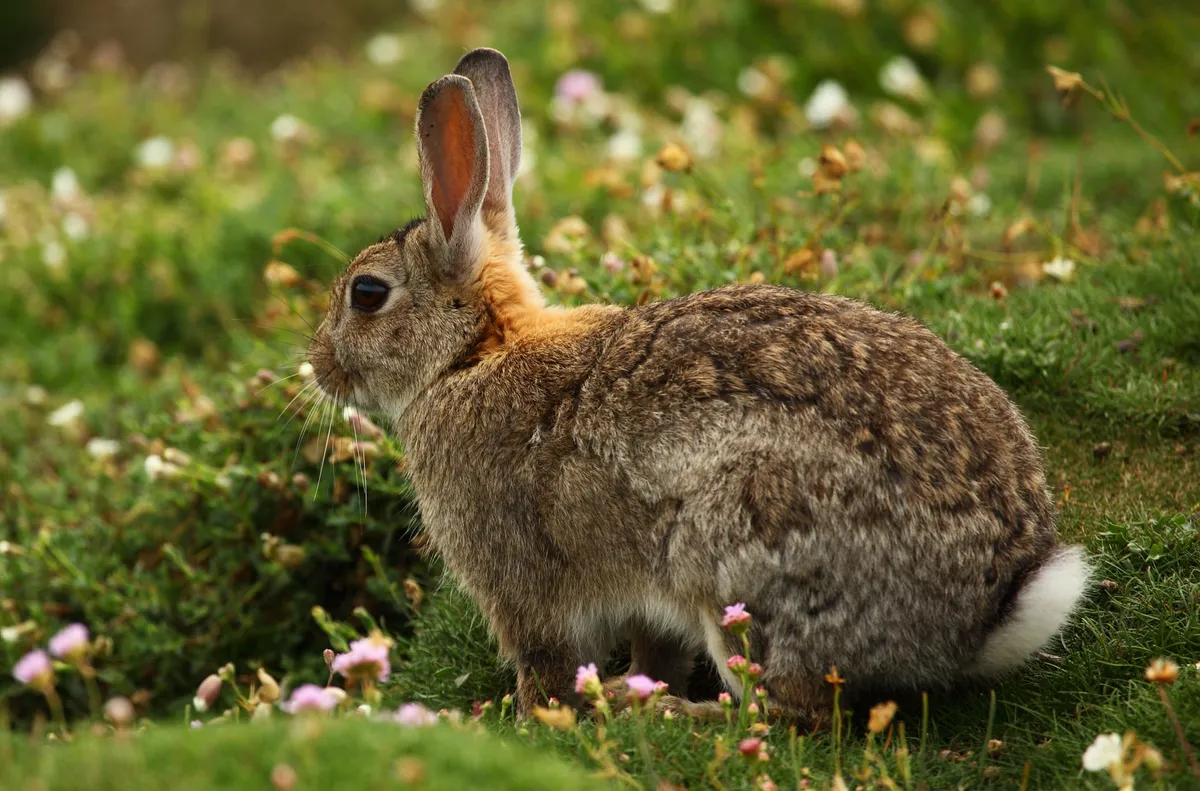Living With Mammals is a citizen science initiative by People’s Trust for Endangered Species (PTES), which asks the public to record any mammals they see in their garden, or green spaces. For the first time, the survey will run throughout 2021.
How can the Living With Mammals survey help the UK’s wildlife?
The survey has been running for 18 years, using data gathered from volunteers to build a picture of how mammal populations are faring across the UK.
“With access to this unique long-term database of population trends, we can spot when a species is in trouble and act,” explains David Wembridge, Mammal Surveys Coordinator at PTES.”
In 2020, the wildlife charity saw record-breaking numbers of volunteers participating, which resulted in a huge increase in the number of mammal sightings. Over 2,000 people took part in Living With Mammals last year, submitting 2,400 surveys — two and a half times more than any other year.
This was in large part due to people being at home adhering to coronavirus restrictions, providing a good opportunity to watch wildlife in their gardens and nearby green spaces.

What were the results from the 2020 Living With Mammals survey?
The top 5 species recorded last year were grey squirrels, hedgehogs, foxes, mice and bats.
Although hedgehogs were in the top five, sightings dropped from 44% in 2019, to 41% in 2020.
But the most striking finding was the continued decline in rabbit sightings. In 2020 only 8.5% of sites surveyed saw a rabbit, compared with 13% in 2019, and about 25% a decade ago.
How can people take part in the Living With Mammals survey?
PTES are asking people to look out for and record sightings and signs of wild mammals (such as footprints and droppings) in their gardens or local green spaces. All sightings are valuable and can help to build a picture of the UK’s wild mammals.
Visit livingwithmammals.ptes.org to participate.
Share your mammal photos using #LivingWithMammals on social media channels.